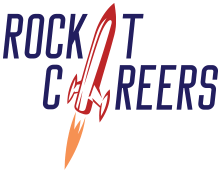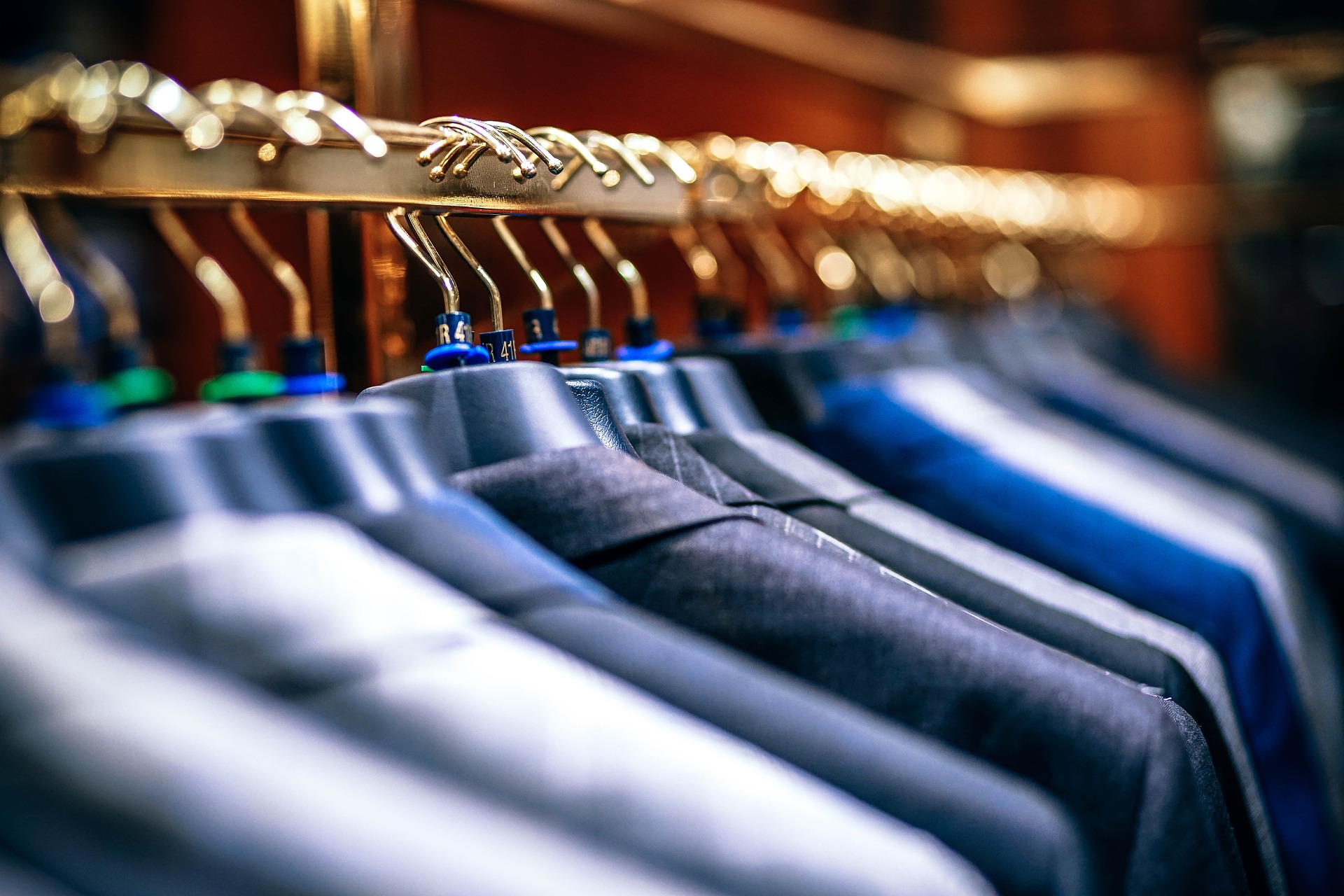Brian Young
So, you got a call to come in for an interview, or you just got a job with a new company, or you were promoted into another department, or you’re going to another location for training. One of the first things you are wondering about is how you should dress. It doesn’t seem like this should be so important, but if you want to make the right first impression, it is.
Keep in mind, it takes just a few seconds for someone to give you the once over and judge your character. Whether that’s a fair assessment or not is the topic for another day. Just know, that’s how quickly first impressions are made. However, it takes about five subsequent meetings for a bad first impression to be changed. As Head and Shoulders used to tell you in their commercials, you never get a second chance to make a good first impression.
To make sure you get off on the right foot on, we have a few fool-proof suggestions to address your dress code issues.
1. Err on the side of conservative.
You’ll almost never be judged poorly if you decide to dress more conservatively. What does that mean exactly, you ask?
For men it means:
- Suit (depending on your role)
- Button down long-sleeve shirt and tie
- Slacks
- Polished dress shoes and dress socks (no white tube socks or no-show socks)
- Professional watch
- Neatly trimmed hair and either clean shaven or trimmed facial hair
- Clean and clipped fingernails
For women it means:
- Suit (depending on your role)
- Blouse or button-down shirt
- Skirt (not too short) or slacks
- Closed-toe dress shoes (no sneakers or flip-flops)
- Minimal accessories
- Professional watch
- Manicured fingernails
- Not too much skin showing and no exposed midriff
If you aren’t sure what’s expected, this is the best option to go with. The worst-case scenario is that you look overdressed for a day. This at least shows that you’re doing more than what is expected.
2. Dress in Layers.
This is another good strategy. When you’re not positive what you should wear to an event, give yourself some options. A lot of wardrobes can be layered between casual and professional. For example, a guy could wear a sports jacket on top of a polo shirt and a girl could look good with a more casual shirt or blouse under a jacket as well. This way you can always shed a layer if you feel you’re more dressed up than everyone else.
3. Do some reconnaissance beforehand.
A great way to take some of the guessing out of the equation is to try to see what the people you’ll be working with are doing normally. When someone starts a new job, we often tell our clients to scout things out a few days in advance. Go to the office building about an hour before they open and park somewhere that will give you a good vantage point.
Then watch as the employees start to filter in. Do they arrive early to the office? That’s something you want to take note of. Then look at how they are all dressed. You’ll quickly know what is expected.
4. Dress for the situation.
Finally, you’ll want to take into consideration the actual work you’ll be doing. If you have a job that requires something less clean than a desk job, you might not have to be so formal.
There are also situations that take you outside the office where something more casual might be the more practical way to go. For instance, maybe you’re going to an office picnic on a summer afternoon or doing some sort of team-building activity. It’s likely you won’t be expected to wear a suit that day.
Even in these types of situations, however, you probably don’t want to show up too casual. After all, you’ll be doing things with your boss and co-workers, not your lifelong friends who don’t care how you are dressed. So, put on one of your better short-sleeved shirts, even t-shirts can be ok. Just make sure they aren’t worn out. I’d also recommend not wearing things that make a political or social statement. Not everyone will likely agree with your statemen and, unfortunately, this could affect your career if the person who doesn’t agree is in a position of power. Also, go with a nice pair of jeans or short, nothing too revealing, tight, or torn. Tennis shoes are fine in this situation as well, but they should be the best-looking ones you have in your closet, not the beaters you do chores in.
This all seems common-sense, I know. But it’s a topic that comes up often enough that we felt it worthy to write about. Now, whenever a co-worker asks you what you’re going to wear tomorrow, you’ll know just what to tell them!

